Increasing drought risk is developing around the world, causing significant shifts that will heavily impact supply chains. Without the right preparation and analysis, organizations will risk costly adjustments, disruptions, delays, and loss of competitive advantage.
Droughts are just one example of a larger shift to drastic weather changes. As rainfall decreases in key areas, applied meteorology drought risk scenarios help industries understand and adapt to drier and hotter climate conditions.
Europe’s severe drought risk: lessons learned
The European drought of 2022 was the most severe drought on record in the area, and serves as an example of future drought disruption in other regions. Europe’s extreme heat and dryness had several immediate and costly consequences for agriculture, energy, and transportation.
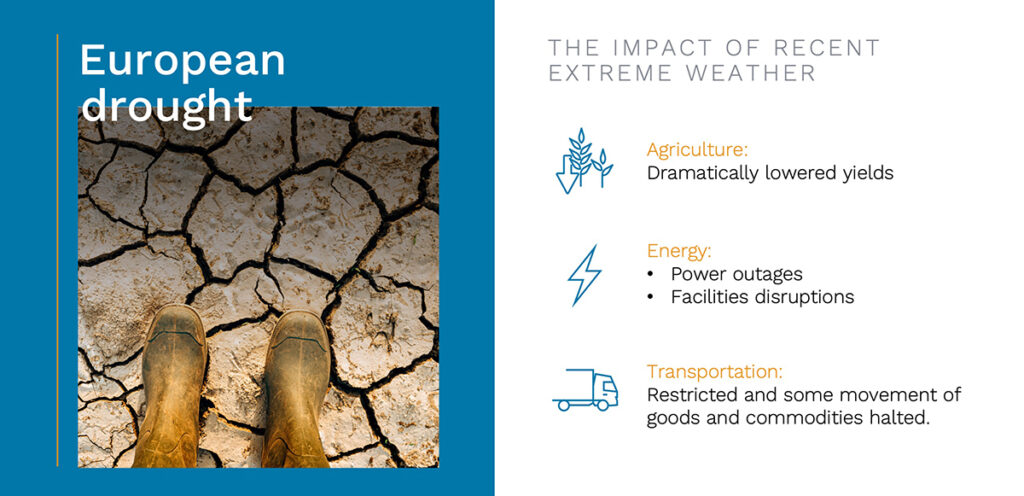
Figure 1: Europe’s drought disruptions are an example of growing drought risk worldwide.
First, crop yields decreased significantly, putting pressure on food companies and distributors, who scrambled to find alternate suppliers in the face of massive delays. As these crops – rice, maize, soy, wheat, and sunflower seeds – were key to many secondary products, the lowered yields not only impacted direct distribution, but also larger food product supply chains.
Second, electrical grids struggled to keep up with the demand for cooling, leading to power outages. Nuclear power plants and other key facilities were unable to access critical cooling due to a lack of water in rivers and reservoirs, causing major disruptions.
Finally, river transportation was restricted due to low water levels. At times, river traffic flow halted completely due to drought, stopping the flow of goods and commodities all together.
All told, the losses from this drought were estimated at €25-30 billion.
Droughts are just one element of a rapidly changing climate that organizations must grapple with from now on. And since these extreme climate events are becoming more common, organizations must gather the necessary tools to prepare now, instead of in the middle of a weather incident.
Addressing drought risk with applied meteorology
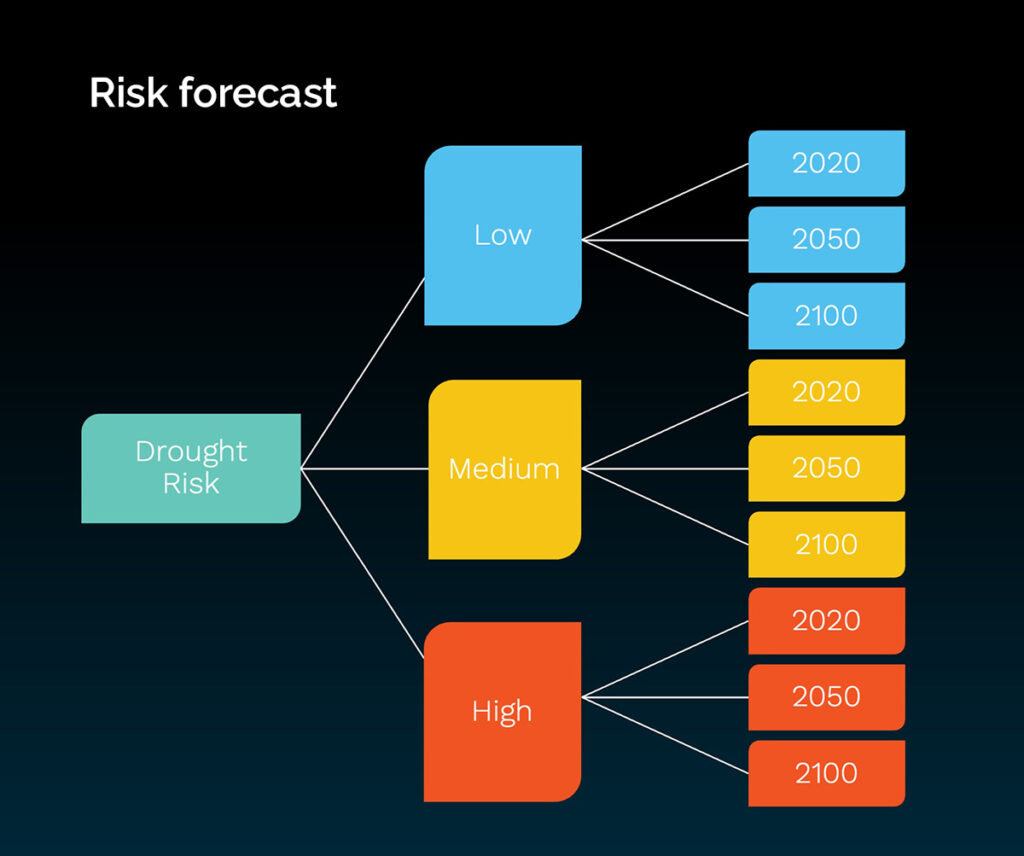
Figure 2: Applied meteorology experts can forecast future drought risk conditions and impact.
When it comes to understanding the scope of drought and how it affects your business, applied meteorology is a critical tool in your business toolbox.
Weather forecasts share geographic-based data, which is why on a rainy day in your area a television weather person will advise you to grab your umbrella. But an applied meteorologist personalizes the forecast to your operation, knowing you won’t need an umbrella because you’re traveling from covered garage to car to garage.
Applied meteorologists translate weather data and forecasts into useful, actionable insights for your supply chain risk management strategy. Using predictive analytics, applied meteorology teams can forecast extreme weather incidents within your entire supply chain network, giving your organization the foresight necessary to make effective, informed decisions.
With models of low, medium, and high-risk outcomes, organizations can build a view into the range of possibilities that they may face with our changing climate. From drought or high rainfall indicators to energy demands, and even from corn pollination levels to cattle movement, applied meteorology allows organizations to form a holistic understanding of their supply chain risks.
Knowing how climate change could impact your global supply chain is key to creating supply chain resilience and even gaining competitive advantage. Climate volatility is no longer a scary unknown, but a very real and current challenge. Make sure your organization has access to applied meteorology, the latest climate forecasting, and weather modeling for supply chain success.
Higher temperatures increase transportation costs
Let’s look at an example of an applied meteorology forecast in action, focusing on how rising global temperatures affect transportation.
Of the top 25 cargo airports in the world, which are key to shipping flows, almost all already experience days with temperatures over 30 degrees Celsius. Using predictive analytics from applied meteorology data, we can see that all but one of these cargo airports will confront more and more days above this temperature by 2050, with one area facing a 90+ day increase.
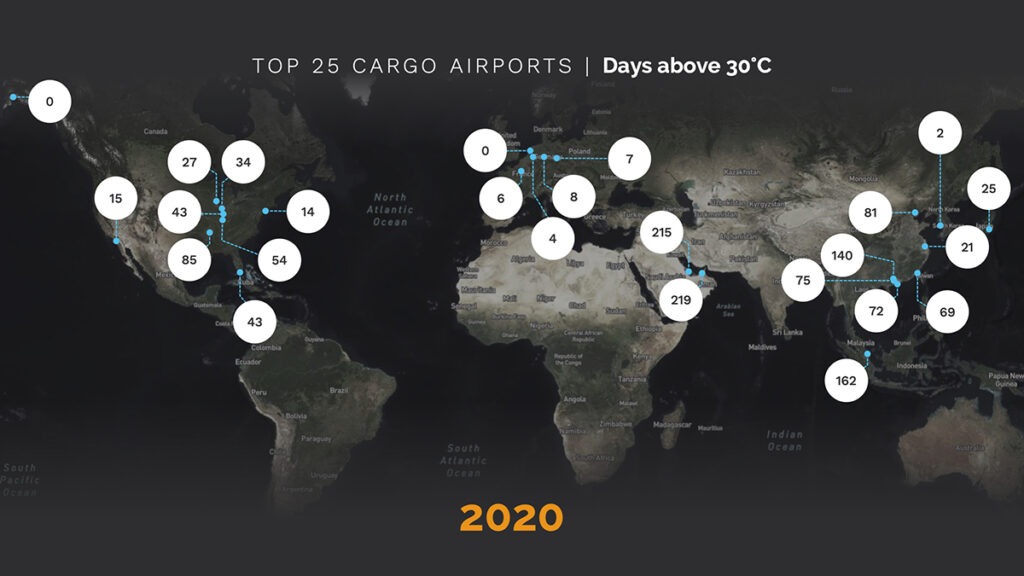
Figure 3: Many airports already have days with temperatures above 30 degrees Celsius
On top of providing us with a shocking figure, this increase will have a direct impact on supply chain operations.
Products and materials that are shipped through these airports will require more temperature-controlled containers unless businesses want to risk product or raw material losses. Agricultural, food, and pharmaceutical commodities are prime examples of products that will be vulnerable to this risk. Product losses can lead to delays and higher costs for organizations.
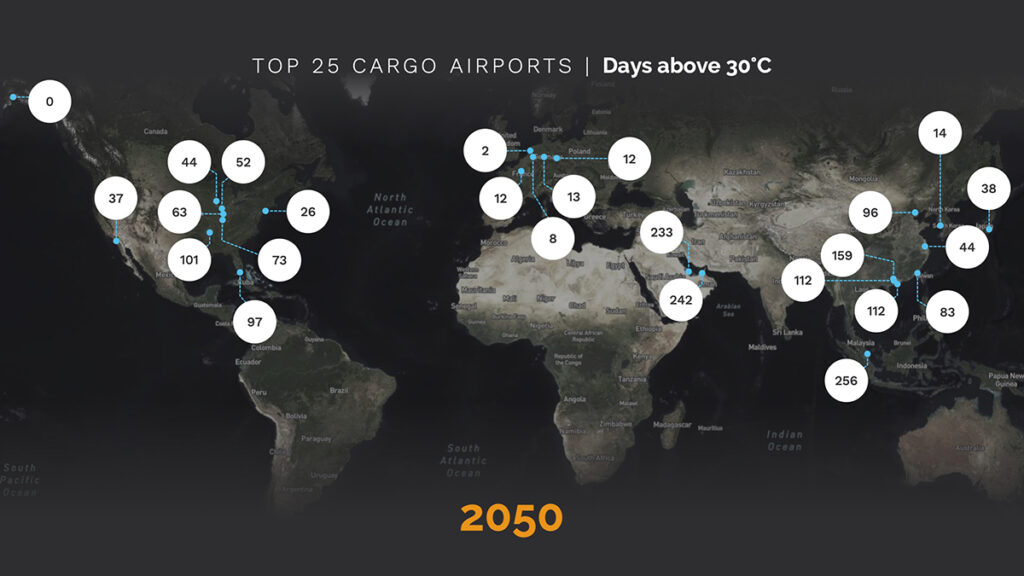
Figure 4: In a high-risk scenario, drought risk will drive increasing heat across the planet by 2050.
Additionally, extreme and extended heat affects infrastructure and can damage runways, tarmacs, and facilities. Repairing infrastructure takes time, and will lower shipping flows through these key cargo airports.
Higher temperatures can cause mechanical issues within airplanes, leading to delays in the best-case scenario, and groundings in the worst.
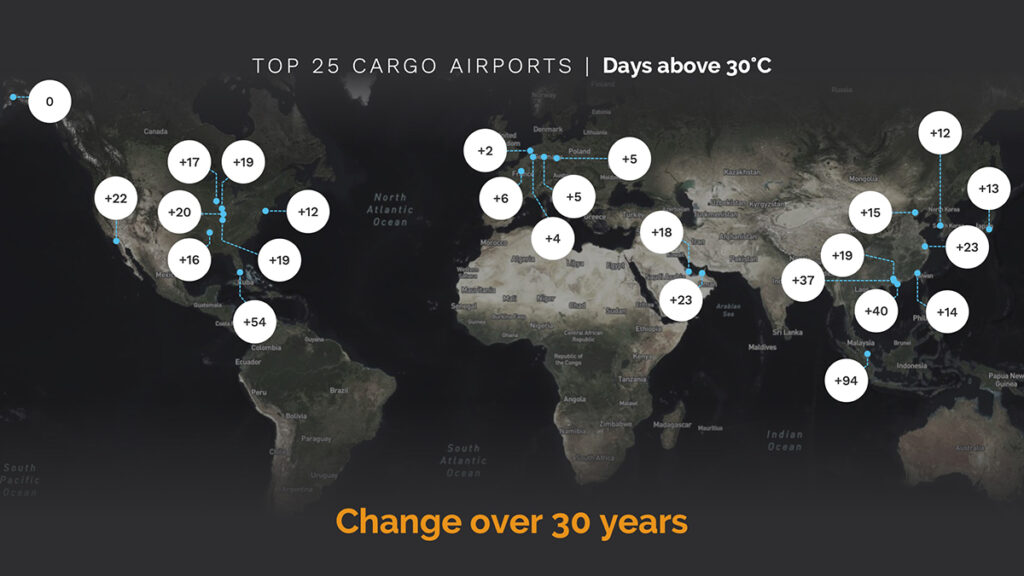
Figure 5: Drought risk will drastically increase the number of high-heat days at the world’s airports
Finally, cargo airports are run by capable people who are critical to keeping shipping operations running smoothly. Higher temperatures raises the risk of heat-related stresses for workers, generating health issues that may leave workers unable to perform.
Operational costs of higher temperatures
In addition to airports, population centers are facing increases in heat, with most of the hottest cities in the world facing at least 15 more days of temperatures over 30 degrees Celsius by 2050.
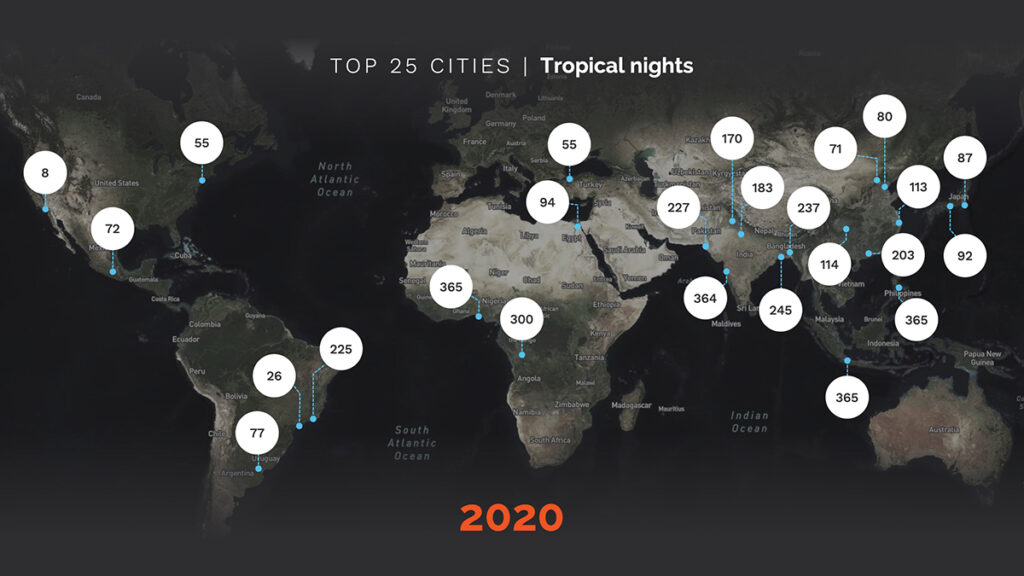
Figure 6: Many of the world’s cities already have high-heat stress days.
Health stressors include heat stress (both night and day). Higher pollution levels and increased pollution exposure will increase the level and magnitude of health issues.
Infrastructure problems will include more stress on power grids, rails, roads, and basic services. That can impact infrastructure ranging from water pumping to traffic control to critical facilities including hospitals and schools.
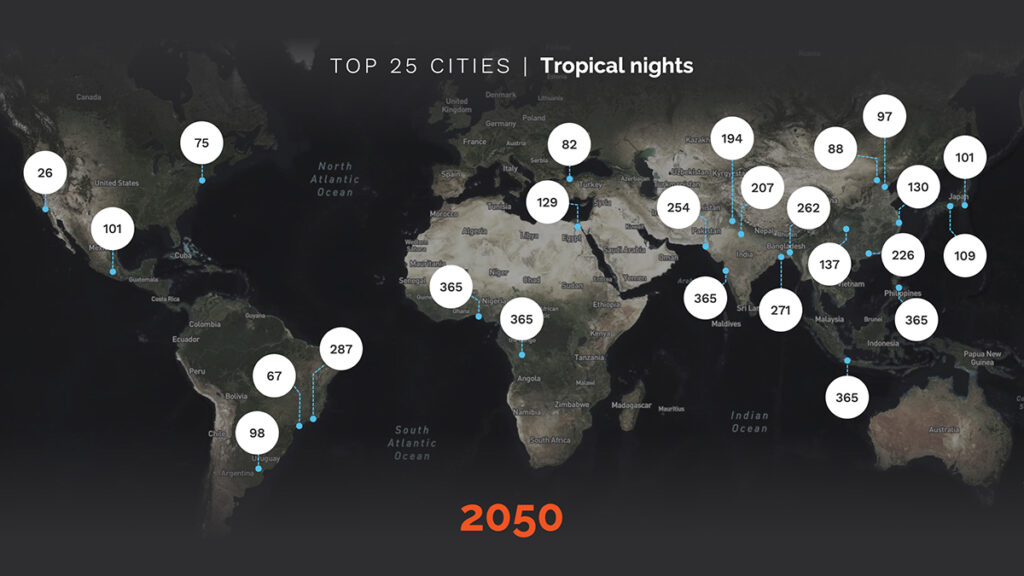
Figure 7: A high-risk scenario shows a significant increase in high-heat days in the world’s top 25 cities.
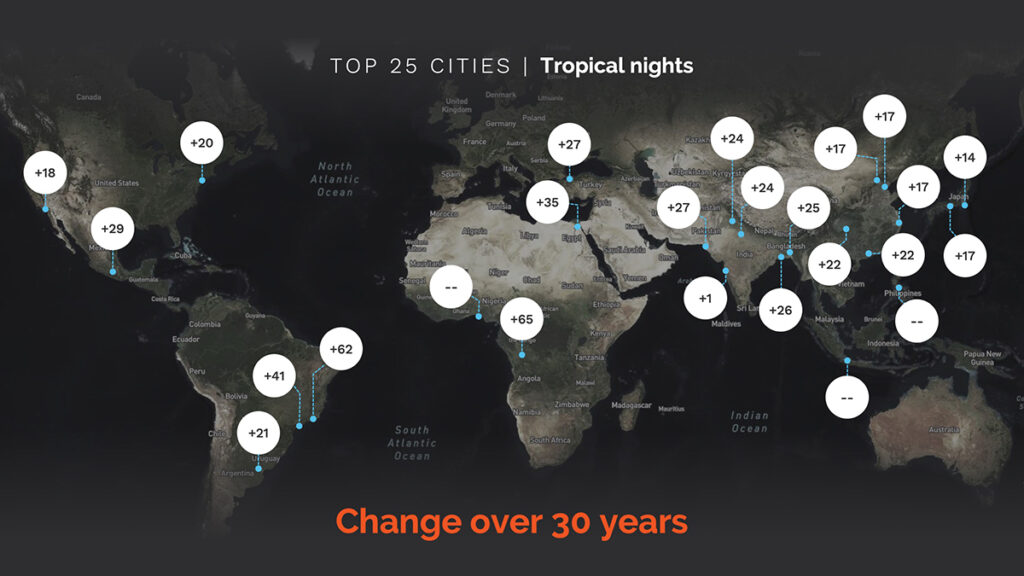
Figure 8: Hotter nights over the next 30 years will add pressure to city infrastructure.
Energy demands will rise as residences and businesses require more cooling. This will increase risk of power outages and raise stress on already overburdened and aging power grid infrastructure.
All these heat-related complications will lead to increased spending and economic stress, as individuals, governments, and organizations attempt to deal with the effects of higher temperatures.
Case Study: predicting major climate events
A major medical device manufacturer understood the need to have insight into the climate risks to their manufacturing plants around the world. While some of their plants were in typically dry places, the company didn’t have any visibility into the weather events and risks to their manufacturing locations elsewhere in the world.
Using Everstream’s highly developed and proven predictive weather modeling from the applied meteorology team, company managers were able to easily identify high water stress exposures at their sites and track water status changes. They were then able to create a comprehensive environmental sustainability framework to spot and adapt to climate incidents and help them reach carbon neutrality.
Ultimately, the company was able to adapt to severe drought conditions in Brazil. Their supply chain risk management system flagged the area for a high drought risk alert even before the Brazilian government released official confirmation of a drought.
By integrating climate risk management into their overall supply chain risk management framework, this organization makes more effective decisions, adapts quickly to changing weather situations, and minimizes delays and losses.
Get the relevant forecast you need
Climate extremes are rising across the board, with more severe droughts and other weather incidents set to occur even in best-case scenarios. Organizations simply cannot afford to ignore these incidents, as their effects are widespread and extensive throughout global supply chains. Luckily, organizations now have the tools necessary to predict significant climate events and understand their potential impacts to supply chains. Incorporating climate risk management into your organization’s supply chain risk management strategy will be key not only to surviving, but thriving in tomorrow’s business world.
You wouldn’t go out into a desert without water, or into the pouring rain without an umbrella. Don’t bring your organization out into harsh climate conditions without the right preparation.
Watch our webinar to see how climate’s new Era of Extremes will affect your supply chain